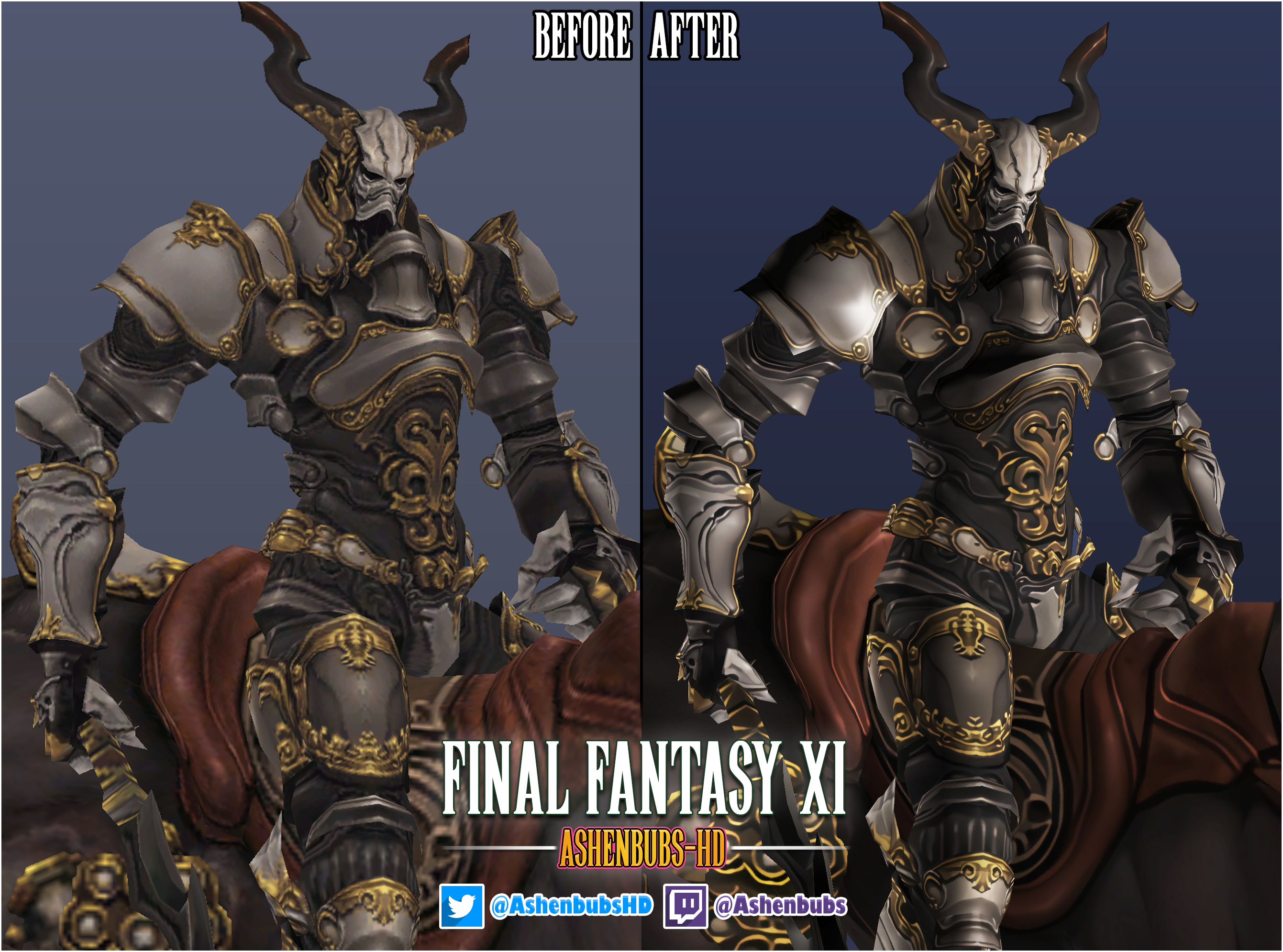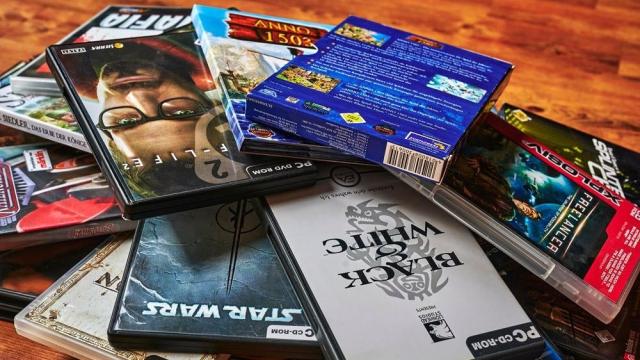One of the best things about being a PC gamer is that it’s almost always possible to get your old games running on your new computer. However, unlike playing retro console games on modern TVs, there’s no universal solution for making that happen. Owing to the myriad hardware and software configurations you might be running at a given moment, the variables involved in PC gaming, and the specific requirements for running a particular game, the process demands bespoke solutions. And even if you can get an old game to run, it will probably look terrible.
While the fixes for these issues will differ from game to game and PC to PC, there are general strategies you can employ to make most any old PC game run on modern hardware, and even boost its graphics quality in the bargain.
How to get your old games running on a new PC
Naturally, the first step is to install your old games on your PC. For some titles, this is as easy as installing them using a digital download or the original CD, DVD, or even floppy discs (if you somehow still have a floppy drive). Other games may require extra steps, like running the game with specific settings enabled, installing community-made patches or mods, hunting down outdated or unofficial drivers, or even using special software like DOSBox to emulate an older computer. The specific steps will differ for each game, but you’ll often find guides for running a particular title with a quick internet search.
Your other option is to buy and play the games from digital storefronts like GOG or Steam. These versions will usually contain patches or community-made mods that help the game run properly on newer computers. The community forums on GOG and Steam will often have guides on getting things set up, too. Finally, some developers, like Blizzard and Bethesda, also directly offer digital versions of old games that are retooled for compatibility with current PCs.
Upgrade the graphics
When you boot up your old PC game, you may find it looks… not great. Older PC games usually were built to display at lower screen resolutions and at different aspect ratios than what any contemporary computer monitor uses, leaving you with a fuzzy, pixelated image that doesn’t fit your screen. And even if an old game does fits your monitor’s aspect ratio and resolution, it may still look ugly.
A lot of older games have aged poorly, especially those from the era of early 3D graphics (I’m talking the late ‘90s and early ‘00s). Some folks (like me) might find those ugly polygons and grainy textures charming and nostalgic. But if you can’t stand the outdated look, you might be able to make them look better than they ever could back in the day via free mods and third-party apps. Note that some of these tools may not be compatible with every game, as they must be implemented by the original developers years later, or by fans who take the time to do the work themselves.
Enhance the display resolution and aspect ratio
Next, let’s try to fix the aspect ratio and screen resolution problem, so you can play in full screen on a 16:9 or ultra-wide monitor.
In rare cases, developers may retroactively add support for modern screen sizes and resolutions to their older releases, so check the game’s graphics settings to see if you can make the game fit on your screen. Don’t worry if the right settings aren’t available — fans often add widescreen and high-resolution support to games themselves with mods or unofficial patches.
In some cases, these are game-specific patches — like this one from “the bigg” that lets you play the original versions of the classic Infinity Engine RPGs Planescape: Torment, Icewind Dale, Baldur’s Gate and Baldur’s Gate II in widescreen. Similar widescreen patches are also collected in this Widescreen Fixes Pack, including workarounds for the original Grand Theft Auto games (yes, even the 2D ones), the Tony Hawk’s Pro Skater series, Mass Effect, and more. Then there are programs like Flawless Widescreen that bring ultra-widescreen support to dozens of games, new and old, with more added regularly.

Despite the abundance of these patches, we can’t say for certain whether they exist for the games you’re trying to play, but it’s not hard to find out if you know where to look. Mod DB, Nexus Mods, Reddit, Steam community pages, and the GOG forums are all great resources for finding such patches and mods, as well as guides for installing them and getting them working.
It’s also worth noting community patches can do more than just fix a game’s display resolution. Patches can iron out other bugs, increase stability, or even make optional gameplay changes that make a title more accessible to new players. One such mod that comes to mind is the Arx Libertatis overhaul for the 2002’s RPG Arx Fatalis, which makes the game playable on modern PCs at high resolutions, makes certain in-game actions easier to perform, and fixes longstanding issues that were present in the original release
Increase visual quality with HD textures and high-poly models
Playing an old game at modern screen resolutions is nice, but it won’t do much to help improve the actual textures and models in the game. In fact, it might just make those blocky characters and smeary textures more prevalent.
That’s where HD texture packs and high-poly model mods come in.

Once again, HD textures and high-poly models aren’t available for every game, but they’re relatively common for popular, classic titles that are still sold and played today. Some are made by the original developers, but most are engineered by fans as unofficial mods.
A recent fan-made texture pack that’s gained a lot of attention — and one of my personal favourites — is the Final Fantasy XI HD mod by Ashenbubs, who used a combination of software upscaling and hand-drawn artwork to upgrade the PC version of Final Fantasy XI’s in-game textures — which were originally designed with the PlayStation 2’s hardware limitation in mind — to 4K while still preserving the original art style.
Other notable games for which HD texture and/or model packs are available include System Shock 2, Half Life, The Elder Scrolls III: Morrowind, and more.
Add better lighting and post-processing effects with Reshade
Upgraded textures and models can do a lot to help old games look better, but applying enhanced lighting and post-processing effects with Reshade can make a decades-old classic look brand-new.
Reshade is a free, standalone app that applies post-processing to any PC game, new or old. It can add realistic effects like depth of field or ambient occlusion to games even if they are too old to have supported such advanced settings at launch. Reshade can even add ray tracing effects without an Nvidia RTX GPU — though you’ll need to support that project on Patreon to unlock the feature while its still in testing.
Many Reshade shaders will have little-to-no impact on your PC’s performance, though some are a resource hog; others may not work well or won’t look good in every game. Expect to spend some time on adjusting your settings to get everything looking just right. If you don’t feel like tooling around in the app’s settings to find the right look, there are shader presets available for many games to make setup easier.
Of course, none of these mods or enhancements are required — there’s something to be said for playing old games with the original settings and visuals intact. You can absolutely go too far with mods and post-processing, and making too many changes will get in the way of that retro goodness you’re probably seeking when you boot up a vintage title.
The most important thing is that your games run well enough that they are fun to play, and if the game is a good one (and why would you been sweating running an old bad game on your new PC?) you probably won’t need too many mods for that.
[PCMag]

Leave a Reply
You must be logged in to post a comment.